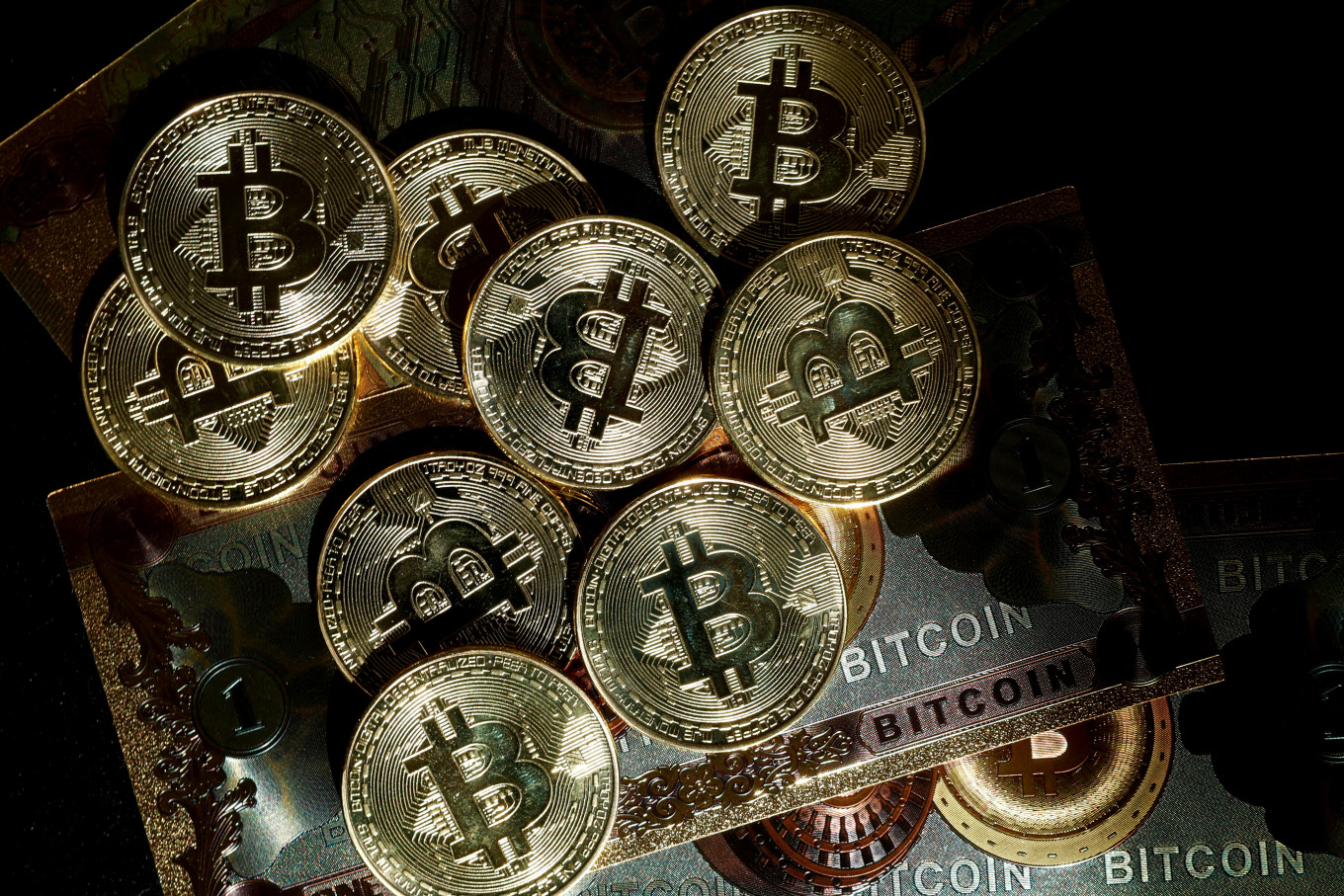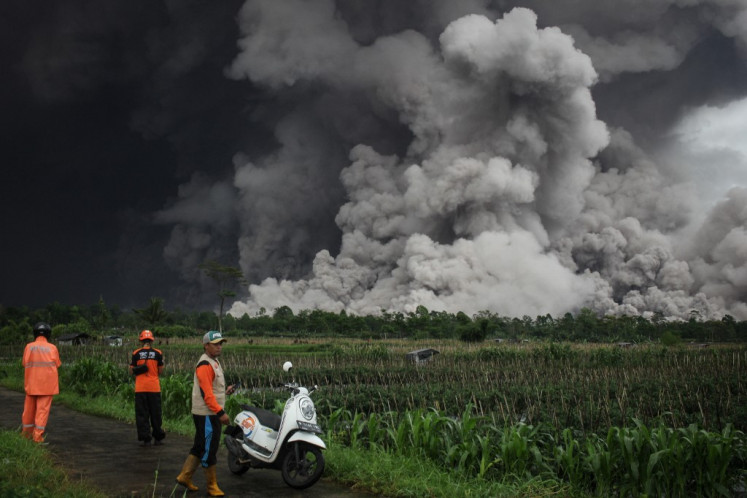Popular Reads
Top Results
Can't find what you're looking for?
View all search resultsPopular Reads
Top Results
Can't find what you're looking for?
View all search resultsThe complex financial landscape transformation
We are undergoing complex, multidimensional simultaneous, interactive systems change
Change text size
Gift Premium Articles
to Anyone
A
re we in a cyclical or structural point of inflection in what is happening in financial markets? The cyclical view is that in the short-term we are going up or down a stock market bubble. The structural view is that there are deep structural issues that are changing contextually the whole environment of financial markets, driven by real factors such as globalization (or de-globalization), technology, demographics, climate change and confusing local and geopolitics.
The simple answer is that we are not in an either-or situation, but undergoing complex, multidimensional simultaneous, interactive systems change. Henry Kissinger was right to identify that Americans think there is a unique or optimal solution to everything, whereas Chinese know from deep history that for every solution, multiple problems emerge. We are undergoing complex systems transformation, in which sub-systems interact with each other to change the whole, which then affects the parts. This is a more biological way of analysis, very different from the pure physics view of money, finance and the real economy.
Lest we forget, finance has always been a derivative of the real economy. The Austrian-British philosopher Karl Popper saw reality and human perception in his theory of Three Worlds, the first physical, the second mental and the derivative Third World which is the outcome of complex human mental (or intellectual) interaction with Nature (physical or First World) to form evolving language, science, culture and civilization.
Eastern civilization conceived a Fourth World of spirituality, which modern science is reluctant to accept since the world of unknowns cannot be quantified and measured. Money straddles the Second and Third World, since money is a mental derivative of physical goods, being derivatives of physical things that humans value. The beauty of money, which the emergence of cybercurrency has enlightened us, is that liabilities (mental derivative of assets) can be treated as assets through the fashionable term of “tokenization”.
Digitization is the mental representation of physical assets digitally, and by making real assets more easily divisible or tradeable, we create the Third World of complex money, a tokenized tradeable financial market that can grow faster than the underlying assets. Trust is critical in money, because without trust, money has deteriorating value. Illusion collapses into basic assets.
Nature or the physical world is fed with solar energy and can grow around 1 to 3 percent per year, whereas the financial world has grown exponentially at higher compound rates, the link between the two being growing leverage or debt. Assets can be created through expanding liabilities, provided the other counterparties are willing to hold these liabilities as assets.
Global financial assets are now 4.5 times global GDP, compared with roughly equal around 1980, whereas the Bank for International Settlements (BIS) notional measure of global derivative market at end-June 2024 was US$729.8 trillion, with FX markets trading at $7.51 trillion per day, 6 times higher than daily trading volume in 2001.
Essentially, technology enabled financial markets to trade in scale, cheaper, faster and more concentrated than before, because derivative or digital trading has cut intermediation margins due to scale, speed and scope.
Central banks have learnt bitterly from history that leveraged institutions like banks are prone to bank runs, which can then trigger liquidity and price shocks in asset markets. That caused banks to be heavily regulated. Consequently, business moved (arbitraged) out of highly regulated banks, which formed the bulk of financial business in 1980, to non-bank financial intermediaries (NBFIs or shadow banks).
When bank net interest margins were regulated against usury, high interest lending went to credit card issuers, so consumers paid higher card loans. Similarly, assets under management (AUM) shifted to specialist managers such as BlackRock, Vanguard, Liberty and others with trillions under management.
New market-makers using high trading technology and algorithms like Citadel, Jane Street and others emerged to even eat the lunch of traditional investment banks like Goldman Sachs and Morgan Stanley.
The battle today over the future of finance will be digital. Complex system theory tells us that changes will occur in four domains: meta (the paradigm or human world views), the macro or big picture environment, the micro or changes in detail and the mezo (or institutions) that link the macro with the micro.
The problem with major policymaking is that we are still looking at 21st century dynamic and chaotic eco-system emergence with 19th century linear, sequential and almost static theories or frameworks. Complex systems do not adhere to simplistic theories with assumed “universal” applications. Scientific explanations are not comprehensive because there are just too many “unknown unknowns”, whereas AI is only able to fill out some gaps in “known unknowns”. The full consequences of AI are unknown, which can only be known as time unfolds.
What are the implications for central banks, financial regulators and policy makers? Complex systems have path dependencies, meaning that history and context matters, but their future evolutionary paths are the outcomes of myriads of markets and non-market interactions, some in crises, others in undetected seismic shifts.
Central bankers and financial regulators therefore cannot cling to their past glories and myths, such as central bank independence, when right before our eyes, politicians are dismantling the old rules of the game to satisfy their own power needs.
Tech giants are now bigger than banks and are using their financial and political clout to influence the market game, financed meanwhile by “bootstrap” asset bubbles whereby their market capitalization growth provides them with funding to buy up tech startups or political influence with loose change.
The fashionable discussion is about stablecoins, which are digital tokens of either fiat currencies, gold, commodities or even energy or carbon stocks. But if the underlying asset is itself unstable, such as the unsustainable growth in US government debt, will the financial derivative be stable? Will tech giants who may issue these tokens use them to sustain an inexorable climb in another financial bubble?
These are important questions, because the power struggle is not just about claims on energy, water, food and rare minerals, but also about military and political power, funded by money. The only certainty is more uncertainty, but money will play a critical role in that unfolding story.
---
The writer is a distinguished fellow at Asia Global Institute. The article is an excerpt of a speech the writer delivered to the Hong Kong Academy of Finance on Sept. 29.











